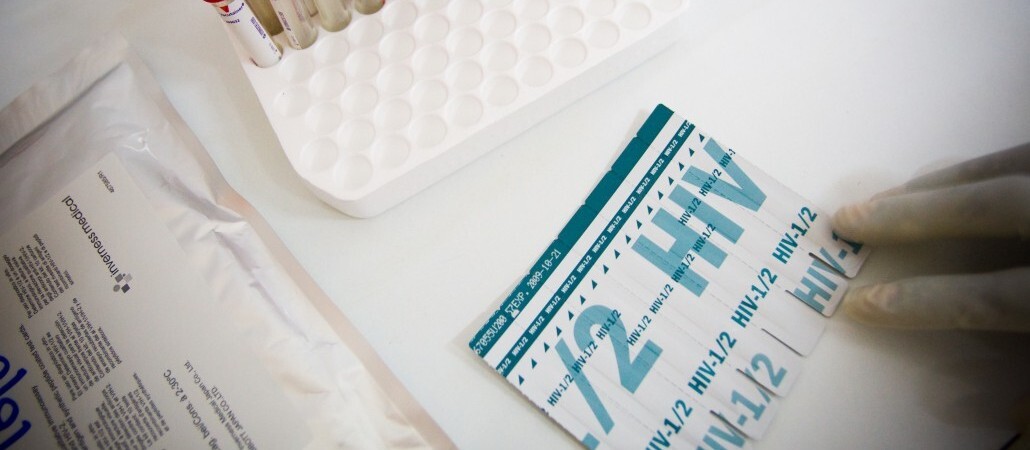In the early 1980s and 1990s, an HIV-positive diagnosis was seen as a death sentence – there were few medicines available to treat those living with HIV, none of which were approved for use in children.
However, 30 years later, significant progress has been made in the field of HIV treatment and prevention and HIV-positive individuals on treatment can live long, healthy lives. Thanks in large part to the dedicated work of the International Maternal Pediatric Adolescent AIDS Clinical Trials (IMPAACT) Network, today we know even more about how to treat and prevent HIV in pregnant and lactating women, children, and adolescents.
The IMPAACT Network was founded in 2006, bringing together scientists, researchers, academic institutions, and many others to focus specifically on infants, children, adolescents and pregnant/postpartum women in order to reduce HIV incidents and HIV associated infections.

There are five main scientific committees within the IMPAACT Network. Each committee has its own set of goals and research agendas, including:
- New and existing HIV drugs and formulations
- Novel approaches for addressing tuberculosis in HIV-infected or at-risk populations; biomedical/behavioral interventions to prevent mother-to-child HIV transmission
- Immunogenicity, safety and efficacy of high priority vaccines
- Potential for HIV cure through therapeutic interventions
- Methods to prevent and manage complications and comorbidities of HIV infection and its treatment
Some of the most ground-breaking studies for women, children and adolescents living with HIV are being done through the IMPAACT network. For nearly eight years, the PROMISE studies under the IMPAACT network have been identifying and evaluating the most effective measures for prevention of mother-to-child transmission of HIV and the best treatment options for the mother’s health. The IMPAACT network is also the driving force behind new HIV treatment options for pregnant women and children, ensuring that drugs are approved faster and helping to significantly improve patient quality of life. For example, the IMPAACT network is currently studying dolutegravir, a decidedly superior treatment option for HIV treatment already approved for use in adults, for use in children down to the age of 4 weeks.
Looking ahead, there are numerous HIV research questions specific to pregnant women, children and adolescents that need to be answered if we truly want to end the AIDS epidemic. Children and pregnant women are often not prioritized in research because they are difficult to study. However, it is imperative that these populations are studied in order to ensure that lifesaving medical advances are made available to them. With 1.4 million HIV positive pregnancies each year – a number that is essentially unchanged since 2010 – and over 2 million children living with HIV, these are not populations whose unique treatment and prevention needs should be ignored.
Further, some of the most promising HIV cure research is in children. HIV-positive newborns have naïve immune systems and small HIV reservoirs, providing research opportunities unavailable in adult populations – the findings of which may open the door to a vaccine or cure for all populations.
As is done every seven years, the National Institute of Allergy and Infectious Diseases (NIAID) HIV clinical trial networks are currently up for re-competition, including the IMPAACT trial network. The most recent proposal for the new structure, set to begin in 2020, recommends consolidating the existing networks into three – therapeutics, vaccines and prevention – ultimately eliminating a dedicated trial network for children, adolescents, pregnant and lactating women.
Click here to read EGPAF’s letter to Dr. Anthony Fauci (NIAID) and Dr. Diana Bianchi (NICHD) highlighting the importance of the IMPAACT trial network and the continued need for a dedicated pediatric and maternal trial network.




